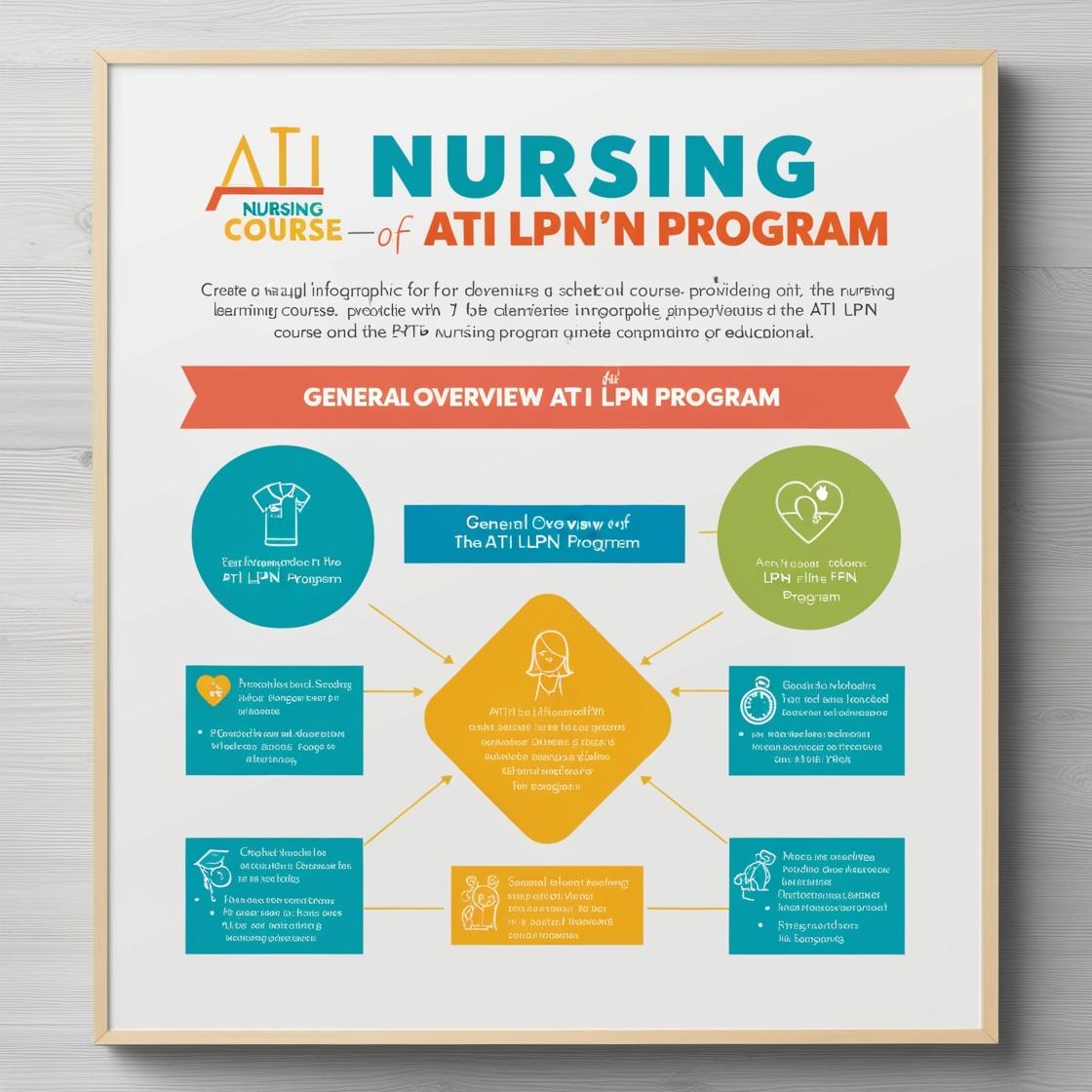LPN LPN
LPN Pharmacology
1. The client is receiving intravenous heparin for the treatment of a pulmonary embolism. Which medication should the nurse ensure is readily available?
- A. Protamine sulfate
- B. Vitamin K
- C. Calcium gluconate
- D. Magnesium sulfate
Correct answer: A
Rationale: Protamine sulfate is the antidote for heparin, used to reverse its anticoagulant effects. It should be readily available in case of bleeding complications, as it can rapidly neutralize the effects of heparin and prevent excessive bleeding. Vitamin K is used to reverse the effects of warfarin, not heparin (Choice B). Calcium gluconate is used to treat calcium deficiencies, not indicated for heparin therapy (Choice C). Magnesium sulfate is used for conditions like preeclampsia and eclampsia, not for reversing heparin effects (Choice D).
2. The nurse is informed during shift report that a client is experiencing occasional ventricular dysrhythmias. The nurse reviews the client's laboratory results, recalling that which electrolyte imbalance could be responsible for this development?
- A. Hypokalemia
- B. Hypernatremia
- C. Hypochloremia
- D. Hypercalcemia
Correct answer: A
Rationale: Hypokalemia, which is low potassium levels, can disrupt the normal electrical activity of the heart and lead to ventricular dysrhythmias. Potassium plays a crucial role in maintaining the heart's rhythm, and a deficiency can result in dangerous heart rhythm abnormalities. Hypernatremia (Choice B), which is high sodium levels, does not directly impact heart rhythm. Hypochloremia (Choice C), which is low chloride levels, is not typically associated with ventricular dysrhythmias. Hypercalcemia (Choice D), which is high calcium levels, is not a common cause of ventricular dysrhythmias.
3. A client has a history of left-sided heart failure. The nurse should look for the presence of which finding to determine whether the problem is currently active?
- A. Presence of ascites
- B. Bilateral lung crackles
- C. Jugular vein distention
- D. Pedal edema bilaterally
Correct answer: B
Rationale: When assessing a client with a history of left-sided heart failure, the presence of bilateral lung crackles is a key finding to determine if the condition is currently active. Crackles in the lungs indicate fluid accumulation, a common sign of left-sided heart failure due to pulmonary congestion. Choices A, C, and D are incorrect because ascites, jugular vein distention, and pedal edema are more commonly associated with right-sided heart failure.
4. A hypertensive client who has been taking metoprolol (Lopressor) has been prescribed to decrease the dose of the medication. The client asks the nurse why this must be done over a period of 1 to 2 weeks. In formulating a response, the nurse incorporates the understanding that abrupt withdrawal could affect the client in which way?
- A. Result in hypoglycemia
- B. Give the client insomnia
- C. Precipitate rebound hypertension
- D. Cause enhanced side effects of other prescribed medications
Correct answer: C
Rationale: Abruptly stopping metoprolol can lead to rebound hypertension, causing a sudden increase in blood pressure due to the sudden withdrawal of the medication. Gradually tapering the dose helps the body adjust and reduces the risk of this adverse effect. Choices A, B, and D are incorrect. Stopping metoprolol suddenly is not known to result in hypoglycemia, insomnia, or enhanced side effects of other medications.
5. The healthcare provider is monitoring a client with left-sided heart failure. Which assessment finding indicates that the client's condition is worsening?
- A. Clear lung sounds
- B. Increased peripheral pulses
- C. Bibasilar crackles
- D. Improved activity tolerance
Correct answer: C
Rationale: Bibasilar crackles are abnormal lung sounds that indicate fluid accumulation in the lungs, a sign that left-sided heart failure is worsening. This finding suggests that the client's condition is deteriorating and requires prompt intervention to prevent further complications. Clear lung sounds (Choice A) are normal and would not indicate worsening heart failure. Increased peripheral pulses (Choice B) may be seen in conditions like anxiety or exercise, but not specifically in worsening left-sided heart failure. Improved activity tolerance (Choice D) would be a positive sign, not an indicator of worsening heart failure.
Similar Questions

Access More Features
ATI LPN Basic
$69.99/ 30 days
- 50,000 Questions with answers
- All ATI courses Coverage
- 30 days access @ $69.99
ATI LPN Premium
$149.99/ 90 days
- 50,000 Questions with answers
- All ATI courses Coverage
- 30 days access @ $149.99
